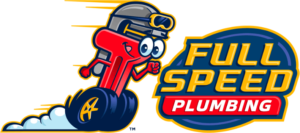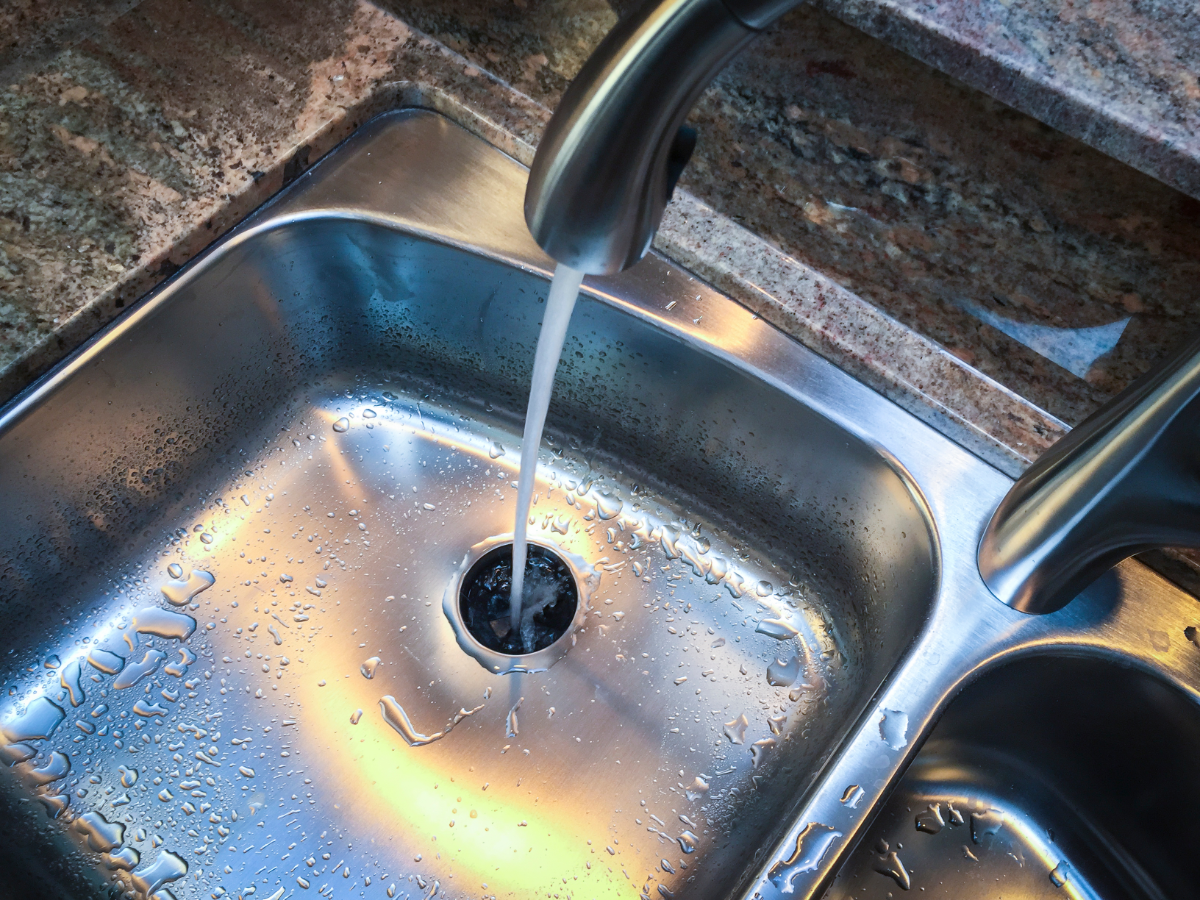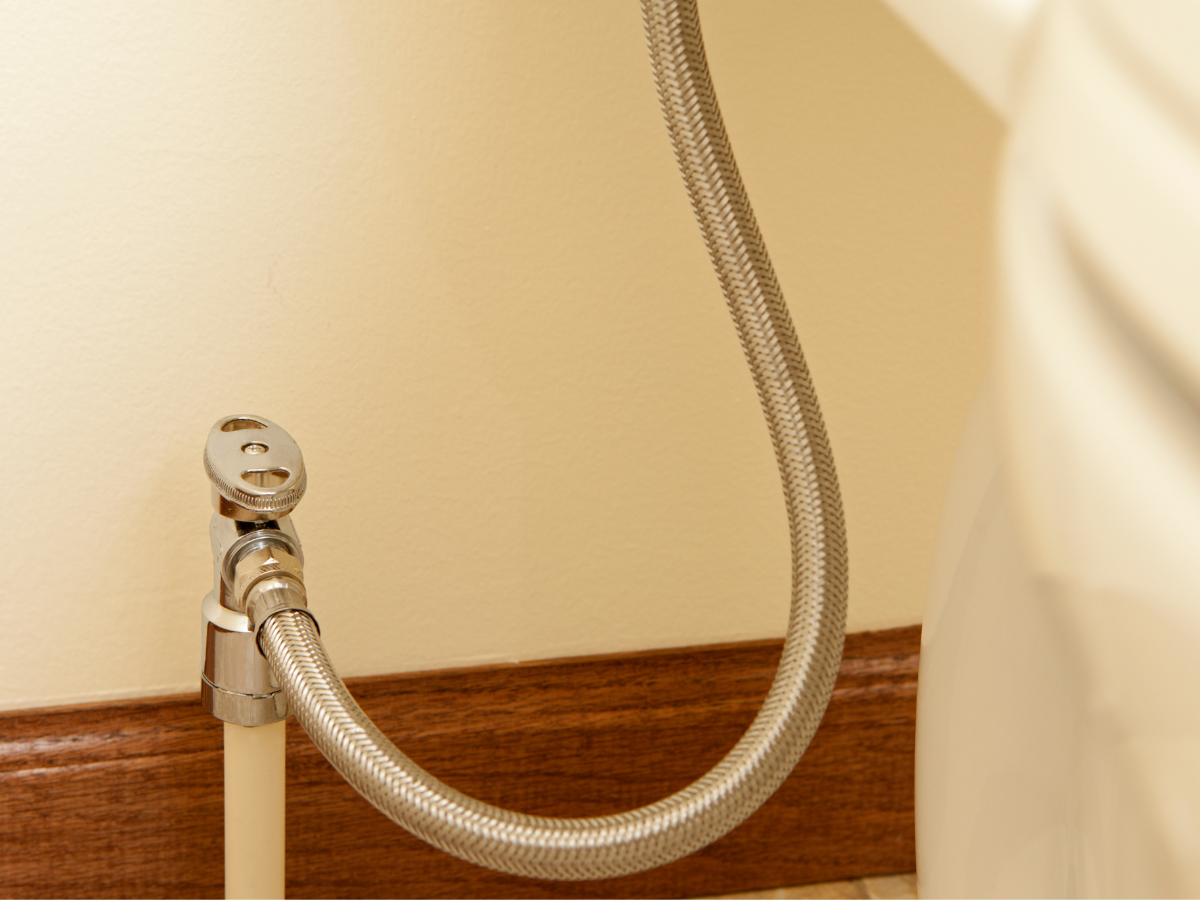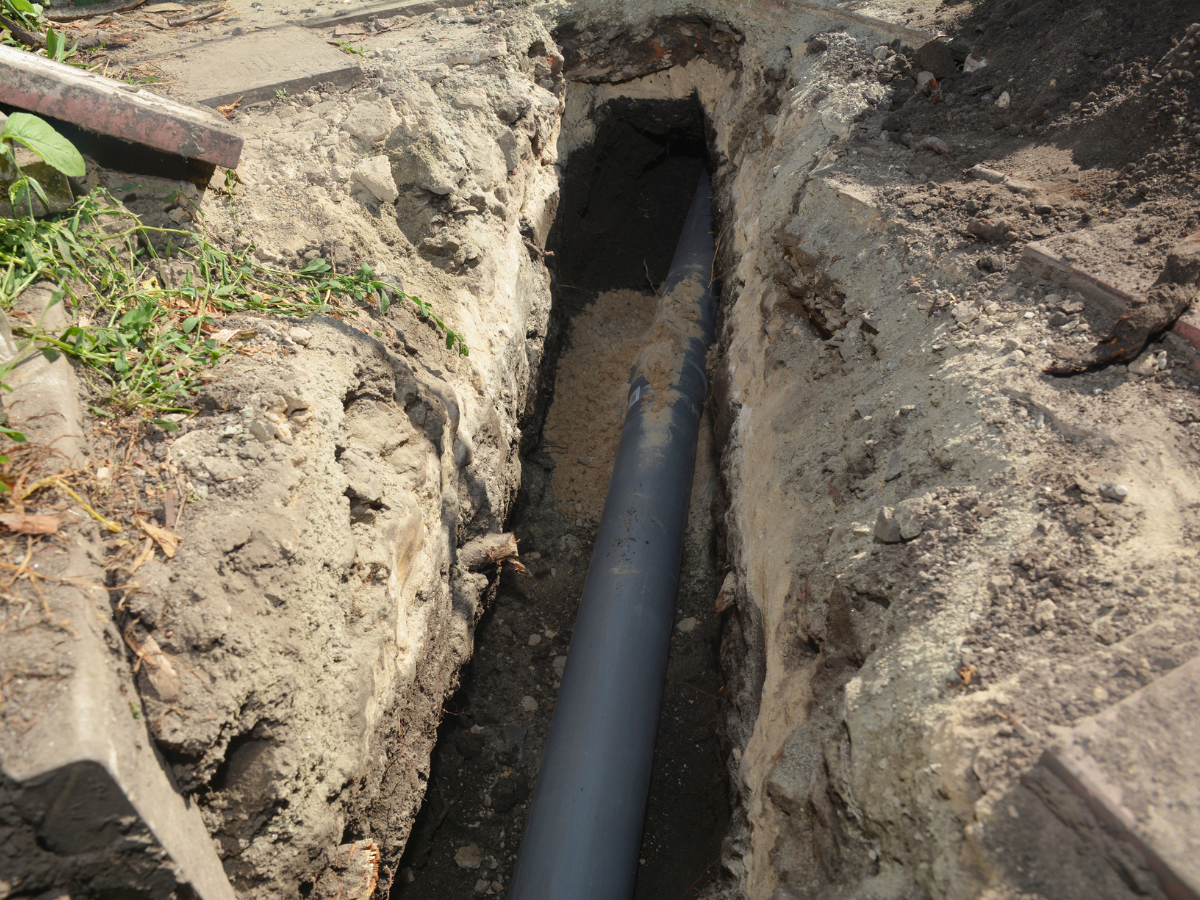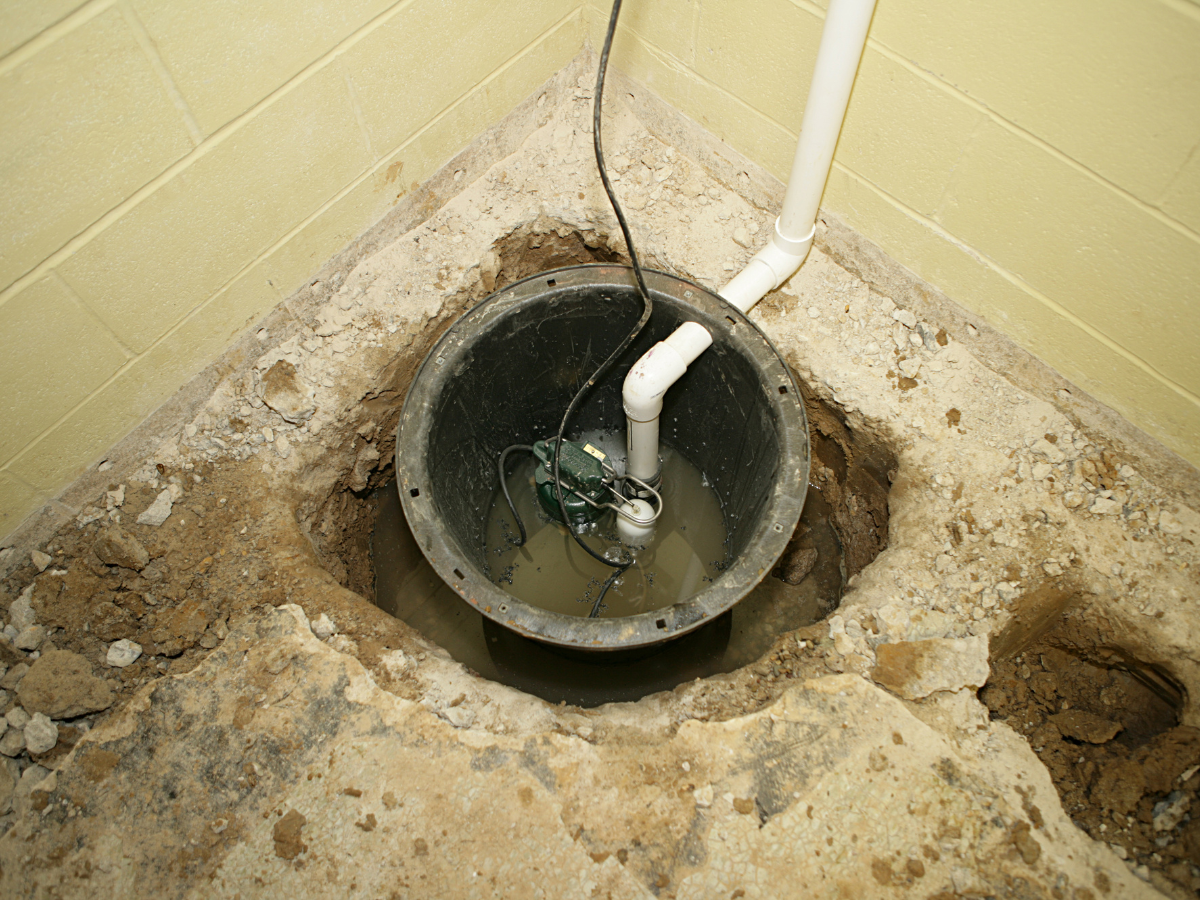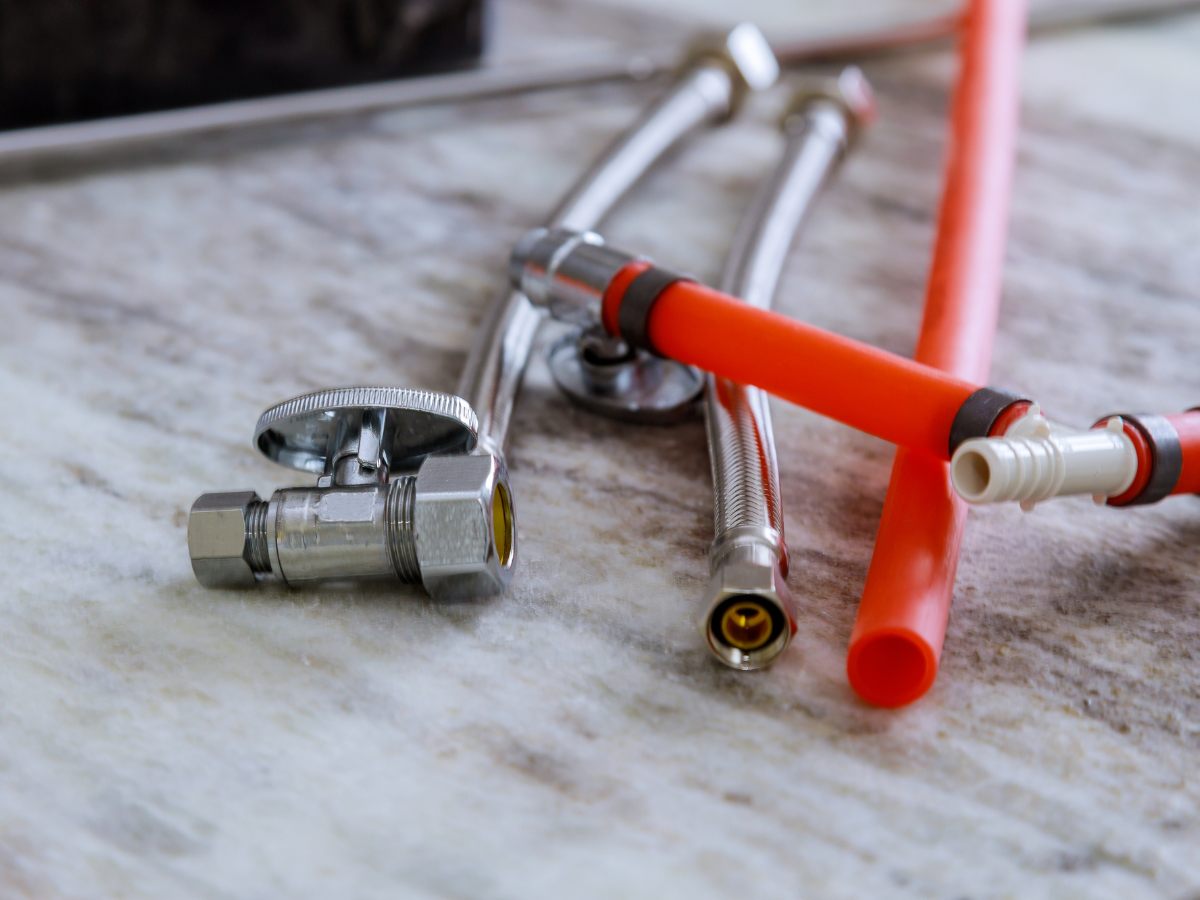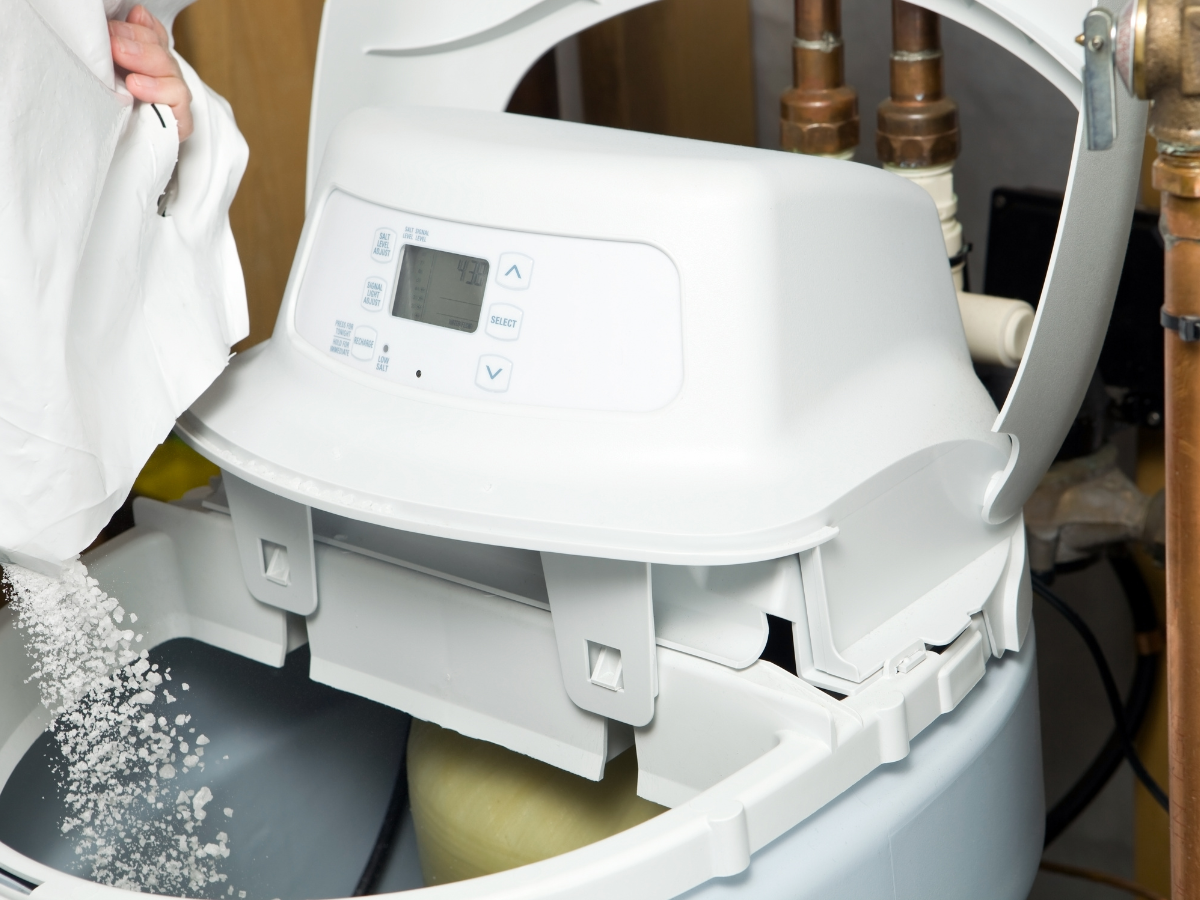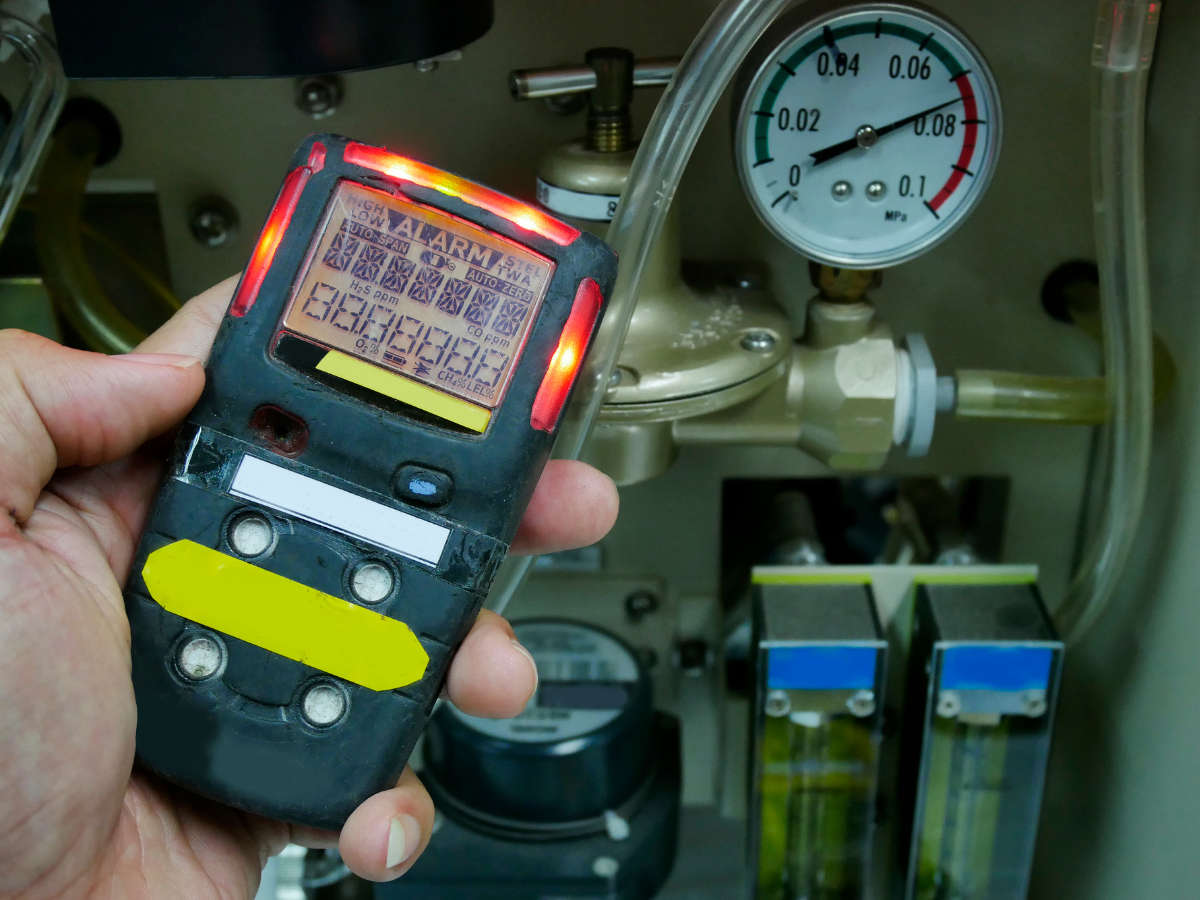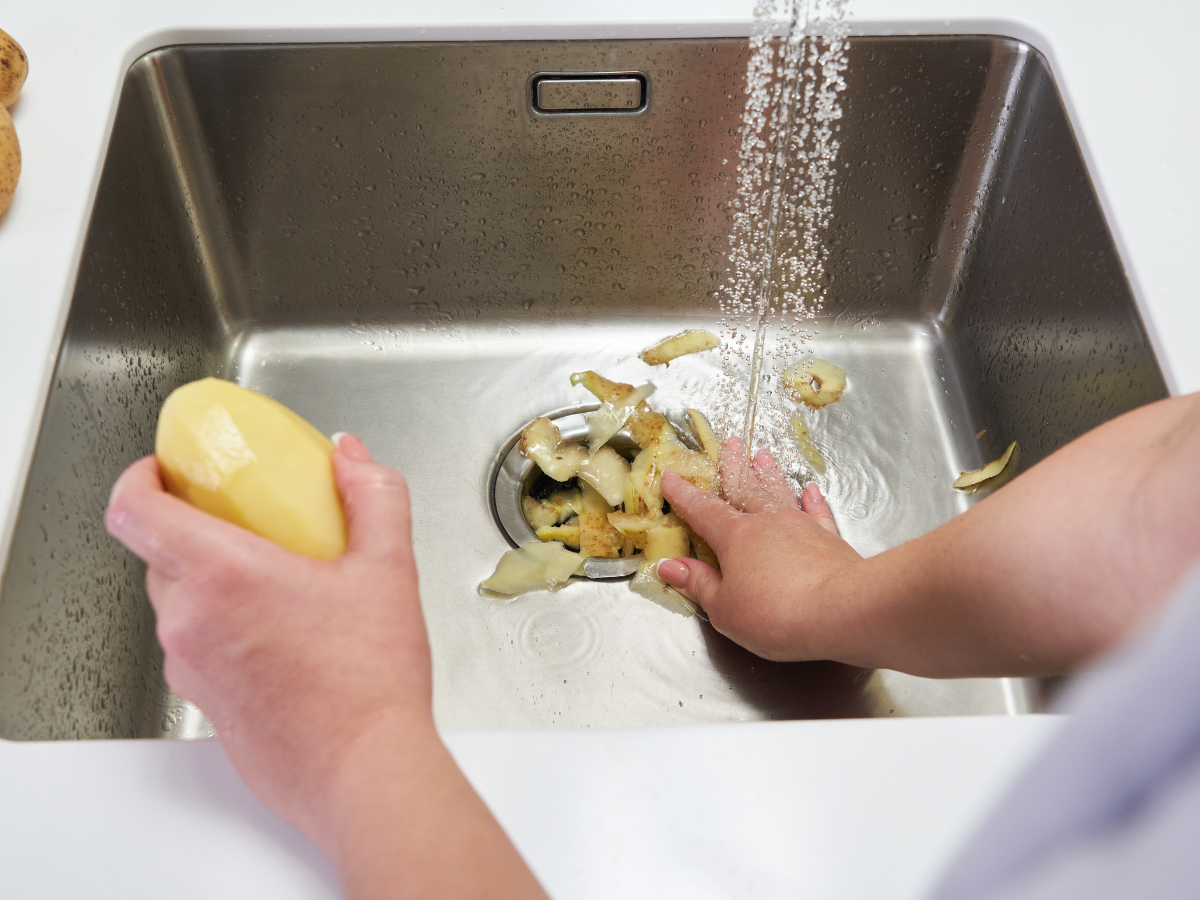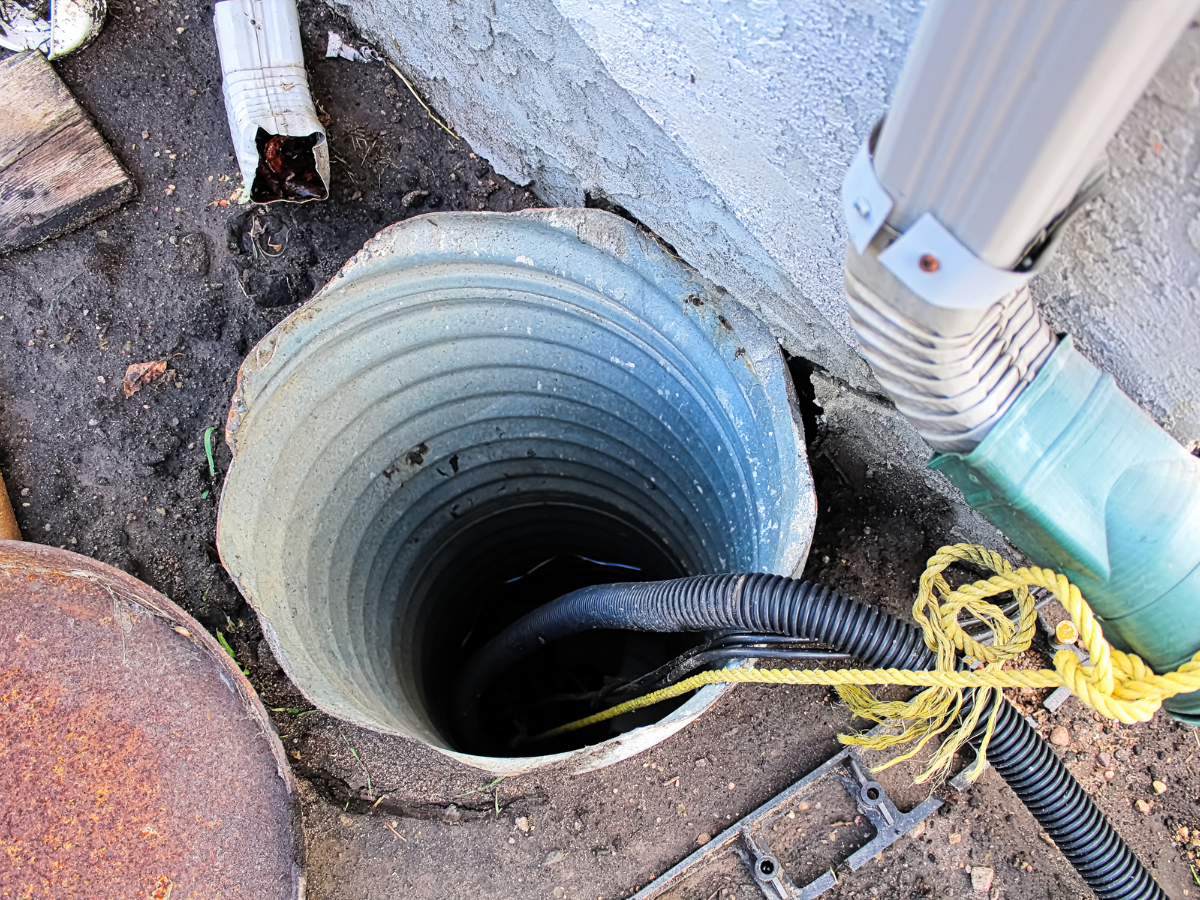Ejector Pump vs Sump Pump: 5 Differences
Welcome to another informative blog from Full Speed Plumbing, your trusted service provider, where our expert plumbers provide you with insights and tips about various plumbing-related topics.
Today, we’re here to discuss a popular query that often confuses homeowners: What are the primary differences between ejector pumps and sump pumps? If you’ve ever wondered about this, you’re not alone!
So, let’s dive into this topic and clarify the details. Remember, understanding your plumbing system can save time and money and prevent unwanted hassles for your family members.
What is an Ejector Pump? – A Beginner’s Guide
An ejector pump, often a vital part of a home’s plumbing system, is an ingenious invention designed to manage waste. Generally housed in a sealed pit below your basement level, this pump has a specific purpose – to remove sewage waste and wastewater from your house.
It operates on the principle of pressure difference and gravity. When the water level in the ejector pump pit reaches a specific point, the pump is activated, propelling the waste upward into the public sewer line or septic tank.
The efficiency of an ejector pump is worth noting. It can handle liquids and solid wastes, making it a common choice for bathrooms located below the sewer line. However, remember that efficient operation depends on proper installation and regular maintenance.
Here’s where the experience of a trusted technician plays a vital role. A professional technician with extensive experience can ensure your ejector pump is installed correctly and functioning at its peak, saving you from potential plumbing problems down the road.
Remember, with the right knowledge and expertise, maintaining an efficient plumbing system doesn’t have to be an obstacle.
What is a Sump Pump? – A Detailed Overview
A sump pump is another reliable appliance in your home’s plumbing arsenal, specifically designed to prevent flooding by managing and directing excess water away from your living space.
Like its ejector counterpart, it operates based on water levels, but its focus is not on sewage but on stormwater and groundwater. These types of pumps are installed in a sump pit in your basement or crawlspace, so they only take up a little space.
The sump pump is triggered as the pit fills with water, either from normal groundwater seepage or during heavy rainfall. It springs into action, pumping out the wastewater and directing it away from your property to a safe distance, which minimizes the risk of damage or flooding. This action of the sump pump efficiently responds to the threat of water damage from weather-related issues or emergency plumbing leaks.
Reliability is a critical attribute when it comes to sump pumps. They stand as vigilant guards, ready to act when the clouds gather, and the rain begins to fall. However, just like ejector pumps, they demand appropriate installation and regular upkeep to function optimally.
With a skilled worker at your service, you can ensure your sump pump is ever ready to face the flood. Through careful understanding and maintenance, your home’s plumbing system can truly become a fortress against the storm.
What Are The Main Differences Between Ejector Pumps and Sump Pumps?
There are several differences between ejector pumps and sump pumps, including:
1. Purpose
The first striking difference lies in their purpose. An ejector pump is designed primarily for waste management, effectively removing sewage waste and wastewater from your home. On the other hand, a sump pump is specifically created to prevent flooding in your property by managing and directing excess water away from your home.
2. Design and Location
Ejector pumps are generally housed in a sealed pit below the basement level. In contrast, sump pumps are located in a specially constructed sump pit, typically at the lowest point of your basement or crawlspace.
3. Trigger Mechanism
While both operate based on water levels, an ejector pump propels waste upward into the public sewer line or septic tank when the water level in the pit reaches a certain point. Conversely, a sump pump starts working when the pit fills with water from normal groundwater seepage or heavy rainfall, pumping it away from your home.
4. Maintenance
Both ejector and sump pumps require proper installation and regular maintenance for efficient operation. However, due to the nature of the waste they handle, ejector pumps may require more frequent service or replacement of parts.
5. Type of Waste Managed
An ejector pump handles liquid and solid wastes, making it suitable for bathrooms below the sewer line. In contrast, a sump pump deals primarily with stormwater and groundwater, ensuring no water damage or flooding occurs in your home.
Contact Full Speed Plumbing If You Need Help Choosing the Right Pump
As a homeowner in Mount Vernon, Washington, making the right choice between an ejector pump and a sump pump comes down to your specific needs.
Here’s a simple guide to help determine which one might be right for you:
- If your home has a bathroom, laundry room, or any other type of plumbing below the sewer line, an ejector pump is an absolute necessity. It will efficiently handle both liquid and solid waste, ensuring it’s safely ejected into the public sewer or septic tank.
- However, if you’re dealing with frequent water accumulation in your basement or crawlspace due to groundwater seepage or heavy rains, a sump pump is your best option. It will manage this excess water, directing it away from your home and preventing potential flooding and water damage.
It’s essential to remember that both these pumps require professional installation and regular maintenance for optimal performance. Also, as each home is unique, your requirements may differ.
If you need clarification on which pump fits your needs, feel free to reach out to us at Full Speed Plumbing in Mount Vernon, Washington, at your earliest convenience.
Our talented team of licensed technicians is always ready to provide reliable customer service and recommendations based on your specific circumstances, ensuring your plumbing system is efficient, reliable, and tailored to your family’s needs.
Give us a telephone call today to schedule an assessment.
